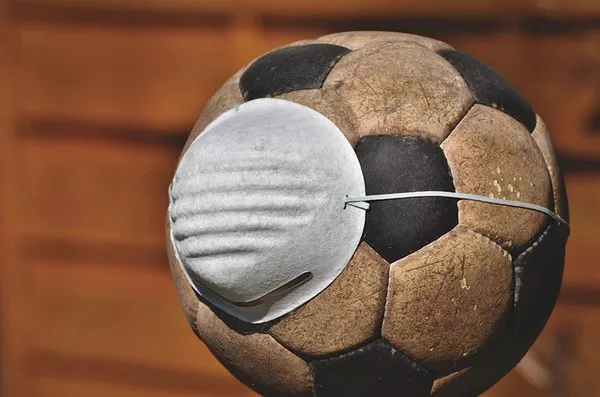Football, known as the beautiful game, has a rich history that dates back centuries. From the dusty streets of medieval towns to the grand stadiums of the modern era, the sport has undergone significant transformations. One crucial aspect of this evolution is the football itself. Have you ever wondered what the first football was made of? Delving into the origins of the football unveils a fascinating journey through time, materials, and craftsmanship.
Ancient Roots
The roots of football can be traced back to ancient civilizations, where various cultures engaged in games that involved kicking or throwing a ball. However, these early versions of the game did not have a standardized ball. Instead, players used improvised objects, ranging from animal bladders to stitched leather balls filled with hay or feathers.
Medieval Football: An Unruly Affair
As football gained popularity in medieval Europe, the game took on different forms and rules from region to region. The balls used during this era were far from the standardized, mass-produced versions we know today. Instead, they were often crafted by local shoemakers or blacksmiths, utilizing materials readily available in their respective communities.
The materials used for these early footballs were not uniform, leading to a variety of shapes and sizes. Bladders from animals like pigs or cows were commonly employed due to their availability. These bladders were then covered with leather and stitched together by hand. The result was a ball that could be unpredictable in its movements, adding an element of chaos to the game.
The Renaissance: A Shift in Materials
As the Renaissance dawned, advancements in craftsmanship and materials began to influence the production of footballs. The use of animal bladders persisted, but the outer covering underwent a transformation. Leather remained the primary choice, but the stitching became more refined, contributing to a more spherical shape. The balls were still handmade, reflecting the artisanal nature of manufacturing during this period.
Industrial Revolution: Mass Production and Standardization
The 19th century marked a turning point for football and its equipment. The Industrial Revolution brought about significant changes in manufacturing processes, allowing for the mass production of goods. This revolution extended to the production of footballs, enabling a more consistent and standardized design.
During this period, rubber became a popular material for the inner bladder, providing a more reliable and durable core for the ball. The outer covering continued to be made of leather, but the manufacturing process became more systematic. The introduction of standardized sizes and shapes enhanced the game’s uniformity, allowing players to practice and compete with a consistent ball.
20th Century Innovations
The 20th century witnessed further innovations in football design. The traditional leather ball, while still prevalent, faced competition from new materials. In the 1960s, synthetic materials such as PVC (polyvinyl chloride) gained popularity for their durability and resistance to weather conditions. These materials offered a more affordable alternative to traditional leather, making footballs more accessible to a broader audience.
The 1970s saw the introduction of the Telstar, a revolutionary football created for the FIFA World Cup. Manufactured by Adidas, the Telstar featured a hexagonal pattern, providing better visibility on black-and-white television screens. This design became iconic and set a standard for future footballs.
Modern Footballs: A Fusion of Tradition and Technology
Contemporary footballs represent a harmonious blend of tradition and cutting-edge technology. While leather balls are still produced, synthetic materials dominate the market due to their consistent performance and durability. The introduction of thermally bonded panels has further refined the manufacturing process, eliminating the need for stitching and creating a smoother, more aerodynamic surface.
The use of polyurethane or polyurethane-coated materials has become prevalent, offering enhanced water resistance and durability. Modern footballs undergo rigorous testing to ensure they meet specific standards set by organizations like FIFA, guaranteeing a uniform playing experience for athletes worldwide.
See Also What Is Ga In Football? All You Need to Know
Conclusion
The evolution of footballs mirrors the dynamic nature of the beautiful game itself. From humble beginnings with improvised balls made of animal bladders and leather, footballs have transformed into precision-engineered spheres crafted from synthetic materials. The journey through time showcases not only the adaptability of the sport but also the ingenuity of those who contributed to the evolution of football equipment.
As we marvel at the skillful plays on the pitch, it’s worth taking a moment to appreciate the long and storied history encapsulated within the ball itself. The first football may have been a simple, handmade object, but it laid the foundation for the standardized, high-tech balls that grace the modern game. The football, like the sport it serves, continues to evolve, ensuring that the beautiful game remains a timeless and ever-thrilling spectacle.


